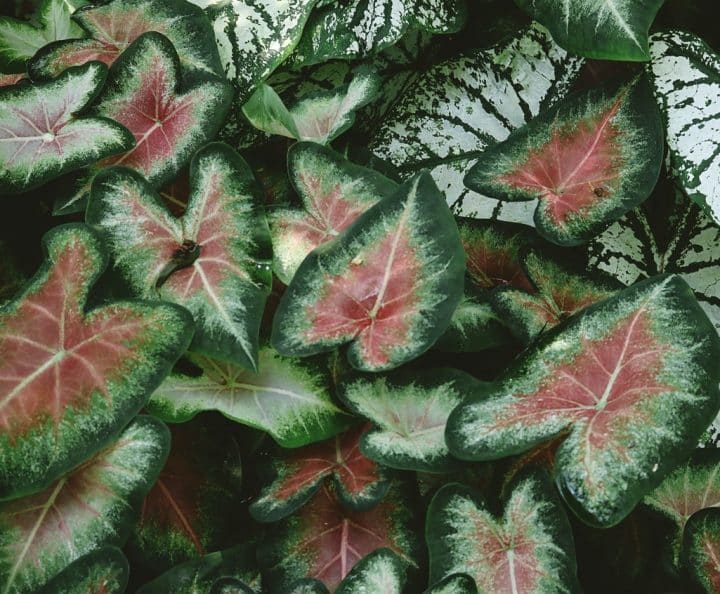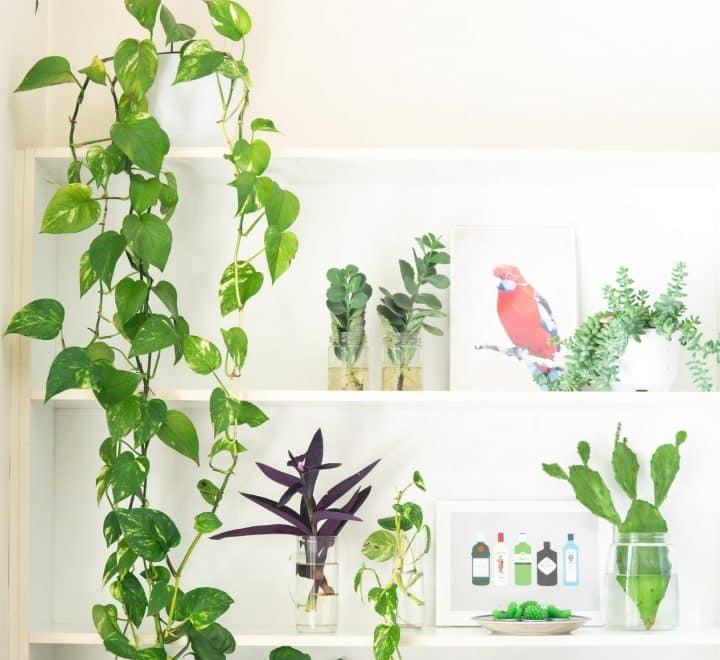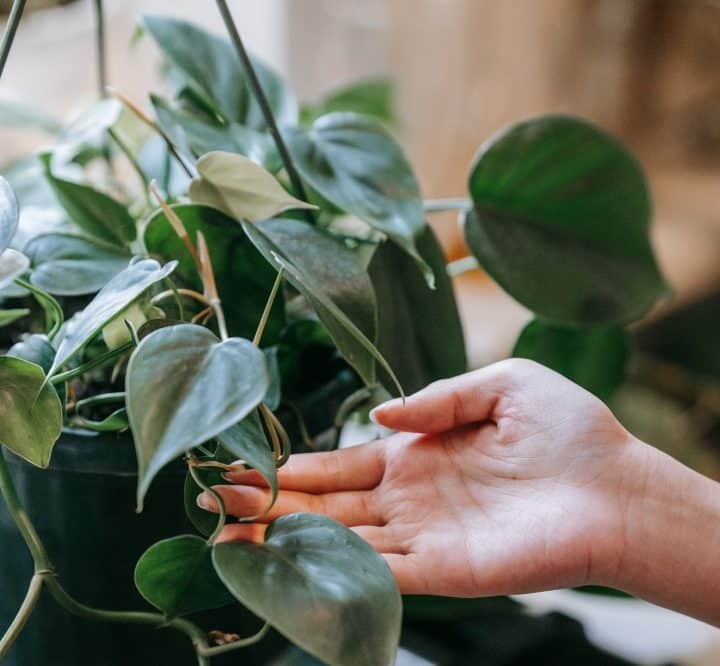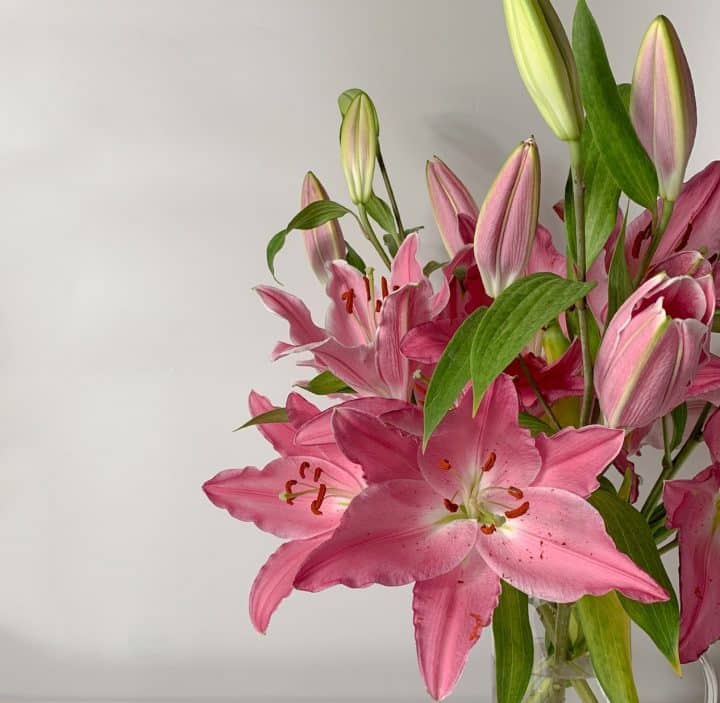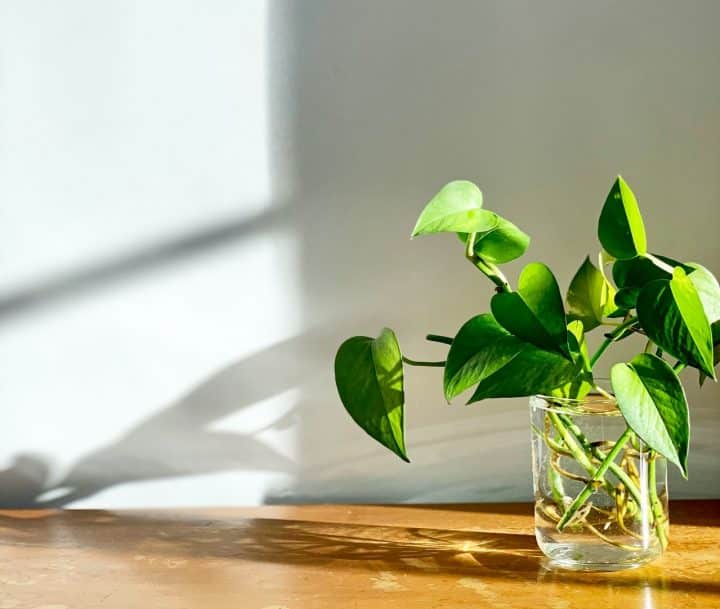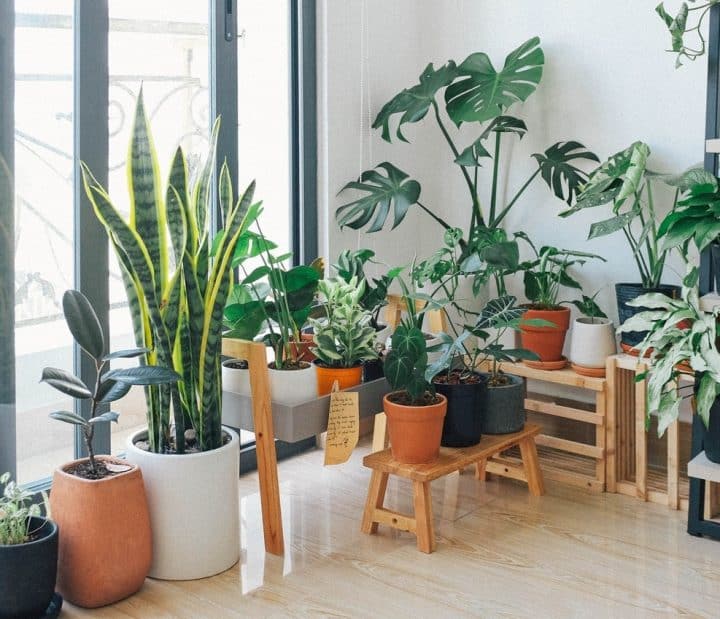Indoor plants are a great addition to any home. They add color, life, and beauty to every room. However, did you know that there are plants toxic to pets? If you have pets, then this article is for you.
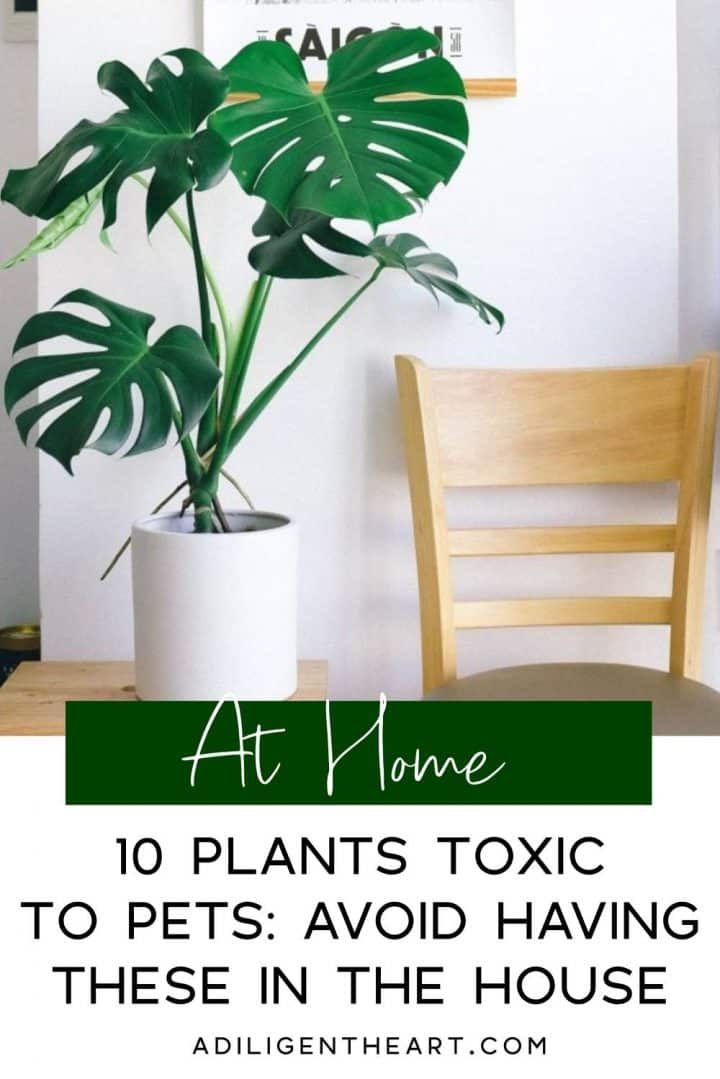
To make things clear, when we say poisonous, it’s not necessarily from consuming the plant itself. Rather, children and animals may get sick from getting plant sap on their skin, eating the soil, or drinking water in the tray.
Here are 10 plants that even though very beautiful, could put your family and even your pets in danger.
Monstera is one of the Plants Toxic to Pets
Monstera Deliciosa is such a gorgeous indoor plant that will beautify any home or office. Now, if you have cats, they would find it amusing to chew, scratch, and just check out the houseplant itself. Sometimes, they would even choose a plant and use it as their litter boxes.
Monstera and cats are not the best combinations, so it’s best not to have this plant if you have cats. The reason is that the Monstera plant can cause damage to your feline friends.
It contains insoluble calcium oxalate crystals, something that is dangerous to cats. Poisoning signs would include burning of the lips and mouth, oral swelling, vomiting, and excessive drooling.
Caladium
Caladium is a common site both indoors and outdoors. Because this plant is hardy and low-maintenance, it’s no surprise it’s a popular choice for gardens.
You may even want to choose it as one of your beginner plants, but it’s not a good option if you have kids or animals. Ingesting caladium can cause difficulty breathing and even suffocation due to blocked airways.
Oleander
You may not know the name “oleander” off the top of your head but you’ve probably seen this delicate ornamental bush.
The oleander plant is a popular choice for gardens. It’s also one of the most toxic houseplants to both animals and humans.
Ingesting even one leaf has been known to cause death. Ingesting the sap from the plant can also cause serious illness. Even children are more vulnerable to the effects of this poison than adults. In dogs and cats, oleander can cause heart arrhythmia, vomiting, and cold paws. Be careful.
English ivy
Is English ivy toxic to cats? English ivy is known for climbing its way up the outside of buildings and that’s where it really belongs.
It’s another lovely plant that could pose a threat to your pets and to you as well.
This plant has amazing air-cleaning properties. But, it’s also highly toxic to people and animals. In humans, it usually takes a lot of the plant to cause severe symptoms but bear in mind that children are more vulnerable because they’re small.
Ivy can irritate the skin, including inside the mouth and throat. It can also cause a fever, convulsions, and rash. In animals, it may lead to diarrhea or vomiting, weakness, trembling, or difficulty breathing.
Peace Lily
The peace lily does not technically belong to the lily family, but true to its name, it’s toxic to animals and humans.
In humans, ingestion can cause vomiting, diarrhea, swelling, and difficulty breathing. While peace lilies are toxic to both dogs and cats, felines are more likely to have a severe reaction. In some cases, ingestion can even lead to renal failure.
Philodendron
Philodendron is another common houseplant that can be dangerous. Even though it looks perfect for your home, be warned.
While it looks beautiful and is easy to grow, it also produces calcium oxalate crystals. These are moderately toxic to humans and extremely dangerous for animals, especially cats.
Though humans usually only experience irritation and swelling in the mouth and intestines, children have been known to die from consuming philodendron. Dogs and cats are much more likely to suffer spasms and death.
Arrowhead Plant
This plant is a cousin of the philodendron plant, so you roughly get the idea.
While it has many of the same benefits, such as being attractive and easy to grow, it also has some of the same drawbacks.
In people, the arrowhead plant can cause vomiting, diarrhea, and irritation. It only appears to be slightly toxic for animals, however. One danger of the arrowhead is that it tends to shed large numbers of leaves, making it easier for a child or an animal to ingest them.
Lilies
It’s unfortunate that lilies look so attractive because they’re some of the most toxic plants you can have in your house, especially if you have a cat.
Good thing not every kind of lily is off limits, but some of the most popular varieties, including Easter lilies and calla lilies, can pose a real danger. This is why we need to know which ones are not safe.
In humans, ingestion causes vomiting, diarrhea, and distorted vision. In cats, it can lead to kidney and liver failure.
Are Pothos Toxic
Pothos is another plant that you might not know the name of, but you’ve definitely seen it around. Indeed, it is a popular choice for homes and businesses alike, this creeping plant is technically an ivy.
However, like many other kinds of ivy species, it can cause sickness in humans and animals if eaten. In humans, it’s likely to lead to burning on contact as well as vomiting and diarrhea.
Pothos is toxic to dogs and cats as it can lead to difficulty breathing and renal failure.
Mother-in-Law’s Tongue
Mother-in-Law’s Tongue is one of the poisonous indoor house plants to know. This plant earns its name from its unique, sharp leaves.
Although it’s toxic to both humans and animals, it’s much less deadly than other plants. In humans, ingestion can cause nausea and pain in the mouth. Skin contact may result in irritation. In animals, it can prompt drooling, vomiting, diarrhea, and discomfort.
Takeaway
It’s sad to learn that there are plants toxic to pets, especially now that we’ve seen how beautiful they are.
However, don’t be too sad because there are a lot of houseplants that are pet safe. This includes spider plants, zebra plants, and African violets.
Being familiar with the plants to avoid will prevent unwanted consequences and will let us collect plants that are not just beautiful but are also safe.
Source: Den Garden
